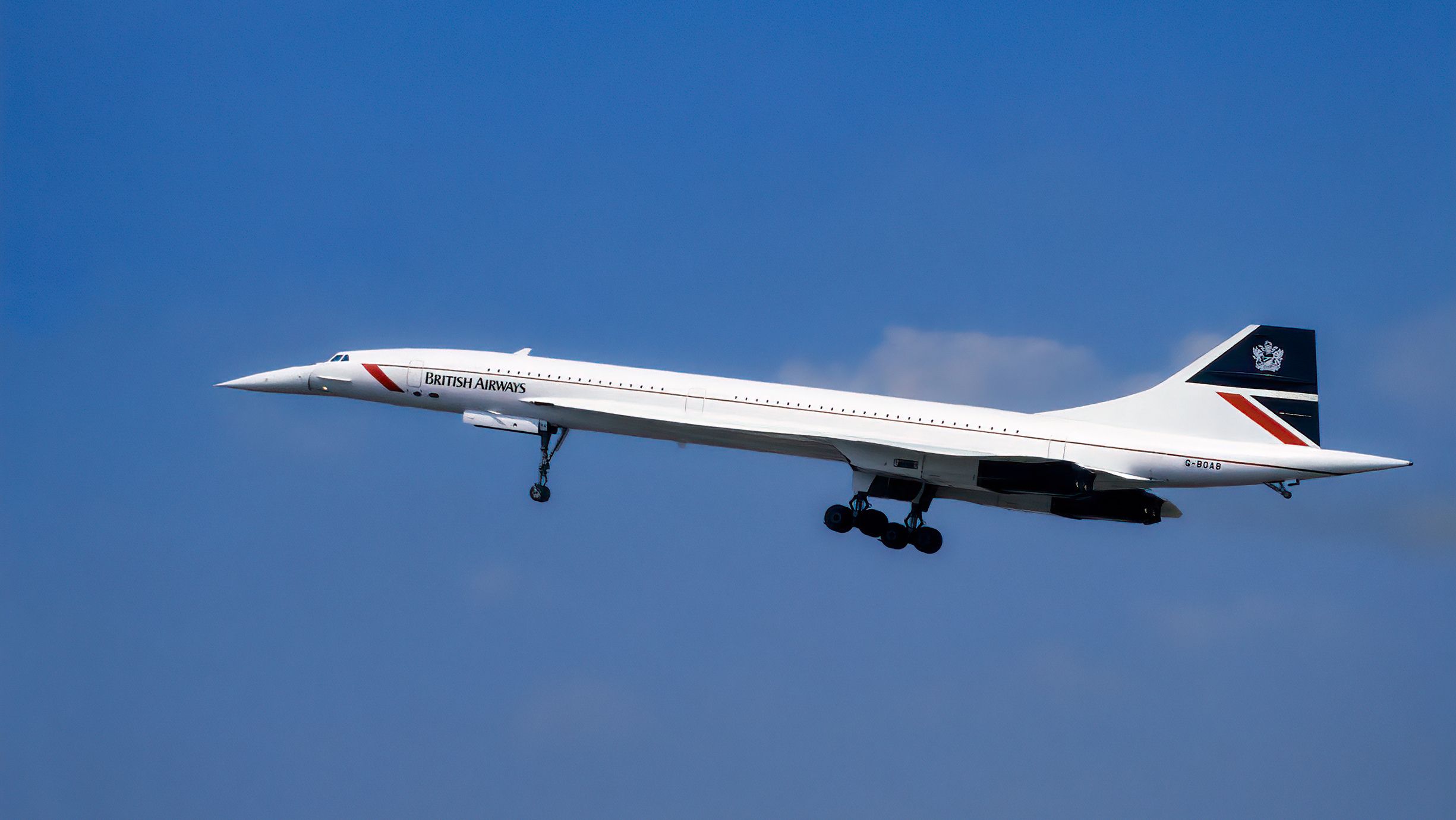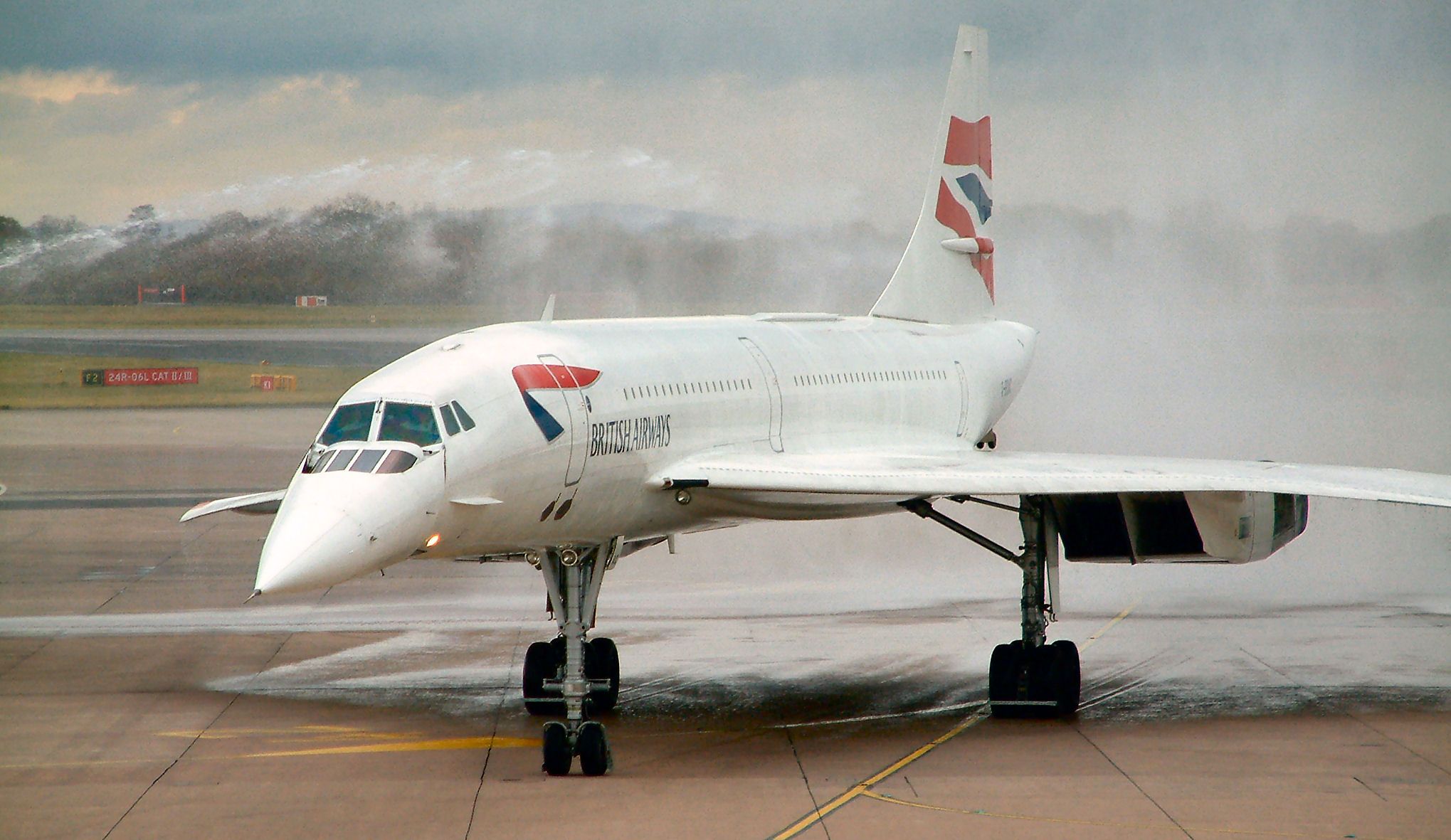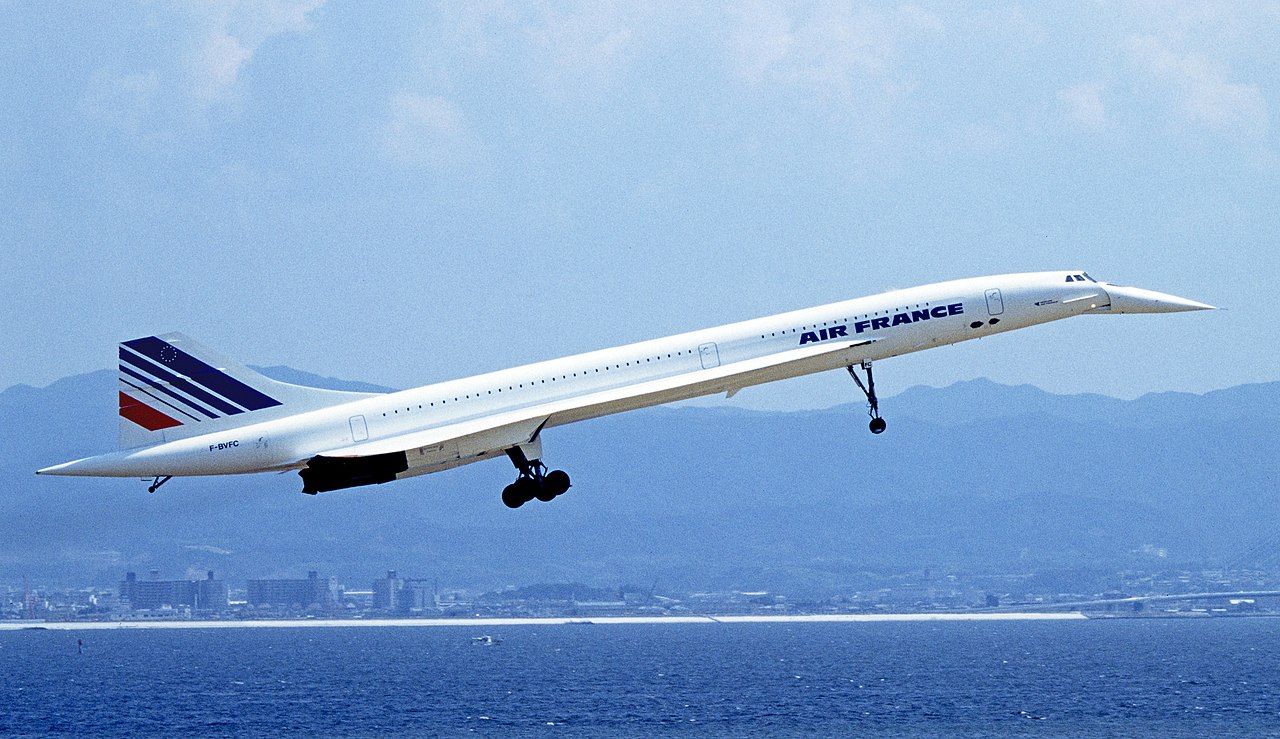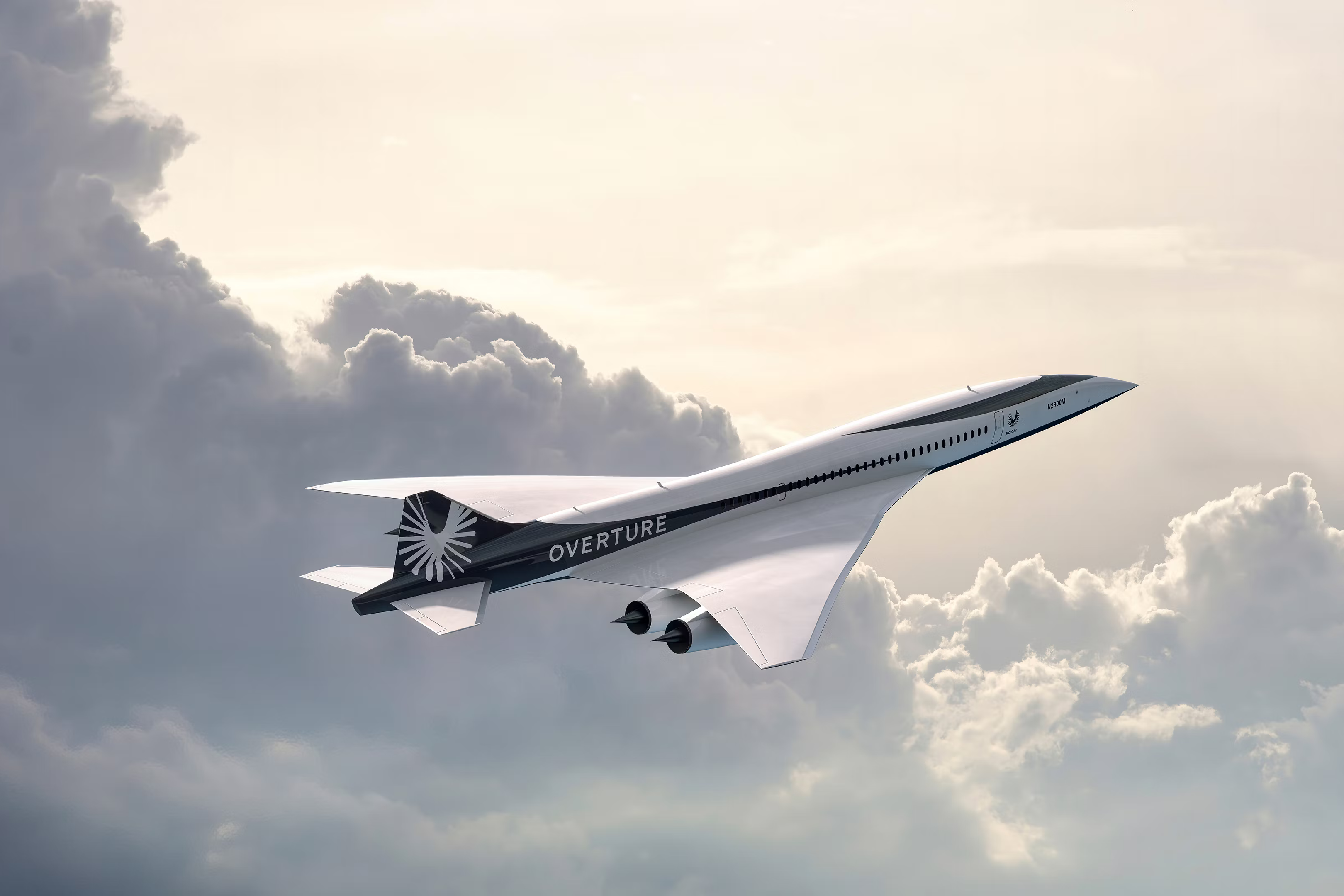Summary
- The Concorde set the record for the fastest-ever commercial transatlantic crossing, completing the flight from New York to London in just two hours, 52 minutes, and 59 seconds.
- Compared to subsonic aircraft, the Concorde offered a significant time-saving of over 50% on transatlantic flights, with typical flight times of around three and a half to four hours.
- While the Concorde’s career eventually ended in 2003, demand for supersonic travel remains, and the Boom Overture is currently the most likely successor with a projected transatlantic crossing time of around three and a half hours.
The supersonic Aérospatiale/BAC Concorde was an iconic delta-winged airliner that inspired the world during its 27-year commercial career. The jet was known for many things, but its blistering speed was one of the most critical factors differentiating it from subsonic aircraft. New York’s John F. Kennedy International Airport (JFK) to London Heathrow Airport (LHR) was one of its primary routes, but how quickly did it connect the airports?
Record-smashing service
The record for the fastest-ever commercial transatlantic crossing was, of course, set by Concorde while operating a British Airways service between New York and London. On February 7, 1996, Concorde recorded a spellbindingly fast flight of just two hours, 52 minutes, and 59 seconds.
Subsonic aircraft have yet to come anywhere close to the speedy journey, with a British Airways Boeing 747-400 holding the subsonic crossing record of four hours and 56 minutes, only capable thanks to the North Atlantic Storm Ciara sending the jet stream into a frenzy.
Photo: Jane Carnall I Flickr
Of course, not every transatlantic Concorde flight could be as fast as the record-breaking crossing set in 1996. Nonetheless, the aircraft offered an immense time saving of more than 50% compared to its subsonic contemporaries. Flights could typically take around three-a-half to four hours, around half the time offered by its non-supersonic contemporaries.
In one notable instance in 1985, Genisis Drummer and musical legend Phil Collins performed at Live Aid in London’s Wembley Stadium and the John F. Kennedy Stadium in Philadelphia on the same day, a difficult feat even with today’s aircraft.
Current services have the New York to London route scheduled at just seven hours, though with differing jet stream speeds and certain North Atlantic Tracks (NATS), times may vary.
How did Concorde travel so fast?
The Aérospatiale/BAC Concorde had its meticulous design to thank for the fact that it could cruise as fast as twice the speed of sound. It was streamlined from its body to its wings and extending nose and designed to reduce drag.
Furthermore, because the Concorde could cruise at altitudes as high as some 60,000ft, the forces of nature worked with it. The higher it flew, the thinner the air that it encountered. This consequently led to less drag and fuel burn.
On top of this, Concorde had potent engines. Unlike traditional jet engines, the turbofans on Concorde were also fitted with afterburners. Such technology is sometimes seen on military jets. These afterburners are specifically designed to improve thrust and could give Concorde 50% more compared to not using them.
Why did Concorde need to go so fast?
Creating a supersonic jet was, believe it or not, not in the interest of making it into the history books on the part of Aérospatiale and BAC. Instead, Concorde’s speed was considered integral to advancing the aviation industry at the time.
The jet specifically was catering to time-conscious passengers who had money to spend on traveling in speed and style. Therefore, Concorde needed to go fast to match the needs of its travelers, and it did so successfully for a while.
The aircraft’s career eventually ended in 2003 when Air France and British Airways retired their supersonic aircraft. The crash of Air France flight 5490, the post-9/11 industry downturn, and rising maintenance costs were all factors in the end of the Mach 2 era, with airlines shifting to more economical and environmental operations.
Post-sonic age
Given its iconic status, it is a welcome relief that, if nothing else, most of the 14 production and six test Concorde aircraft have survived in preservation at museums worldwide.
Despite several initiatives to get at least one of the aircraft up and running again, returning the Concorde to airworthy status would require significant time and investment, and it remains improbable that the jet will ever return to the skies.
However, demand for supersonic travel hasn’t waned in the 20 years since Concorde’s retirement. The yet-to-launch Boom Overture is currently the most likely candidate to become Concorde’s successor.
Photo: Boom Supersonic
The aircraft is targeting a cruise speed of around 1.7, slightly lower than Concorde’s Mach 2.04. Initial projections put Boom Overture’s transatlantic crossing for around three-and-a-half hours, roughly in line with Concorde.
Boom Overture is not expected to take to the skies for at least another six years, with the aircraft manufacturer currently eyeing an entry into service date of 2029. Current customers include United Airlines and American Airlines, which hold orders for 15 and 20 aircraft, respectively, and Virgin Atlantic, with options for ten. Though route plans have yet to be announced, it’s a strong possibility that the supersonic jet could be scheduled on the New York to London route, marking its return for the first time in almost 30 years. What’s another six years to wait?
What do you make of Concorde’s blistering transatlantic crossings? Did you ever have the chance to fly on one? Let us know in the comments.




